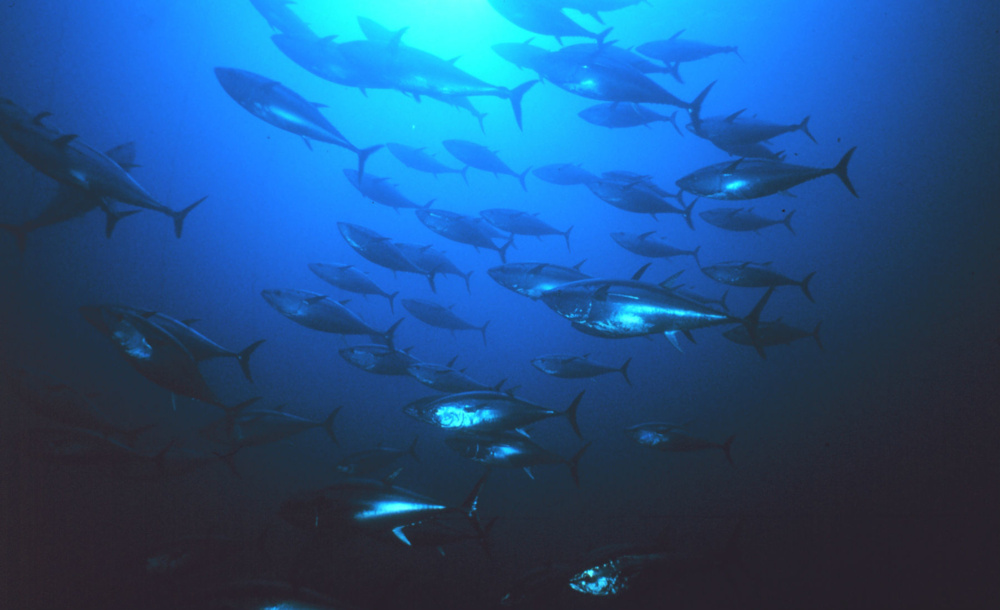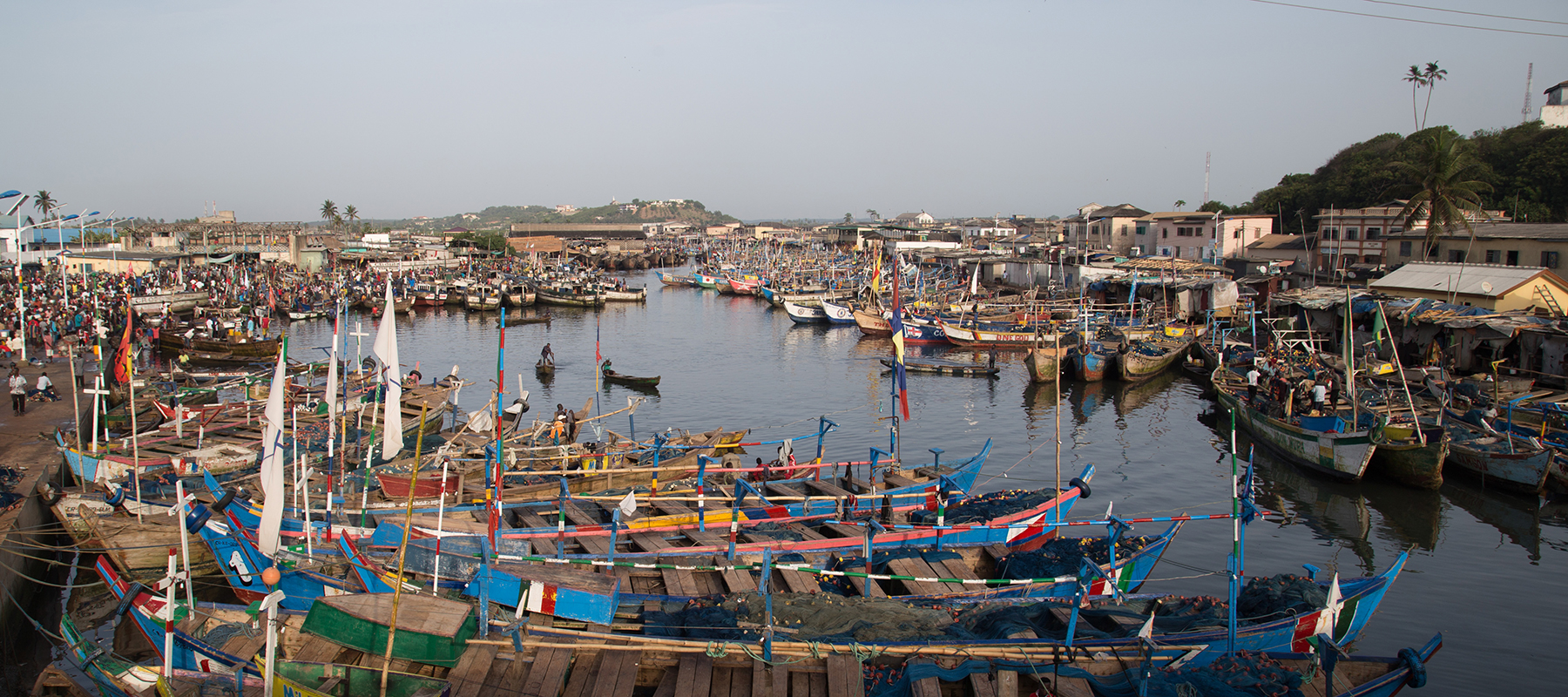
Are we close to ending anarchy on the high seas?
One could argue than activities in outer space are more regulated than activities on the high seas.
Right now, two thirds of the oceans around the world make up what we call the high seas. They fall outside coastal countries’ national jurisdictions’ and are considered as part of the ‘global commons’. These huge patches of oceans are not properly regulated as they belong to no one - and anyone - at the same time.
On 22 December, countries around the world are due to adopt a UN resolution, which will be a decisive step in preparing a future treaty to protect marine biodiversity in the high seas. This could put an end to the current chaotic and fragmented governance framework.
Essentially, the resolution, if adopted by member States, will set the terms for the intergovernmental conference which will first convene in 2018, during which the provisions of an international treaty on ‘the conservation and sustainable use of marine biological diversity of areas beyond national jurisdiction’ will be discussed. It is hoped that the United Nations General Assembly could then fully adopt a treaty by 2020.
The current governance situation of the high seas
The current governance of the high seas is somewhat confusing as it is a patchwork of sectoral and global bodies with sometimes overlapping mandates. The result is huge gaps where lawlessness is pretty much the only rule that prevails.
Throughout the 1980s, the UN Convention on the law of the Sea (UNCLOS) was negotiated. This defined which marine areas countries have jurisdiction over, whilst the rest is considered shared international resources and responsibility. But no over-arching global governance framework was defined.
The high seas are therefore being governed by a complicated web of international bodies and treaties dealing with different human activities at sea – including deep sea mining, shipping, and fishing of highly migratory species.
However, these governance bodies vary greatly in terms of mandate, geographic scope, objective, and most importantly the legally binding nature of decisions they adopt. Moreover, there is nothing to prevent potentially threatening new and emerging activities.
This piecemeal governance approach is harmful to marine biodiversity. Human activities in the high seas, which were previously out of reach, are expanding and intensifying whilst the impact of climate change and ocean acidification are palpable.
Fisheries management and legal gaps
When it comes to fisheries management, Regional Fisheries Management Organisations (RFMOs) are the closest thing you can get to governance on the high seas. But they are mandated to manage the exploitation of particular resources, primarily the conservation and management of highly migratory fish stocks, such as tuna.
This concentrated effort means that despite being one of the most biodiverse places on earth, much of this biodiversity is not protected. Many RFMOs do not oversee a wide range of other species that migrate through or live in the high seas.
This is particularly worrying for deep-sea fisheries, many of which are located in the high seas. Deep-sea species generally grow extremely slowly, and do not reach sexual maturity for many years. The fish species orange roughy, for example live longer than humans (about 130 years) and do not reach sexual majority before 20 years old, which makes it extremely vulnerable to overfishing.
What to expect from a new treaty?
The new international legally binding instrument therefore provides an opportunity to ensure that the whole of marine biodiversity in the high seas, including all fish species, is legally covered and protected.
EJF recently joined the High Seas Alliance, a coalition of NGOs committed to ensuring that the forthcoming intergovernmental conference results in the adoption and ratification of a legally binding treaty, that would include robust conservation provisions and a framework for the establishment of fully protected MPAs in the high seas.
EJF believes that at a minimum, the new treaty should be in line with the current UN Sustainable Development Goal for MPAs of 10% by 2020 and 30% by 2030, which should include a significant increase of size and number of biologically important areas on the high seas.
The UN General Assembly is in the process of reviewing the Preparatory Committee report. On 22 December they will decide whether to convene an intergovernmental conference to negotiate the specifics of the desperately needed legally binding treaty to protect the high seas that would commence in September 2018, and continue at least through early 2020.
Over 130 countries have already committed to co-sponsor the resolution – let’s hope that 2018 will start with the promise of an intergovernmental conference.
SIGN UP FOR OUR EMAILS AND STAY UP TO DATE WITH EJF
